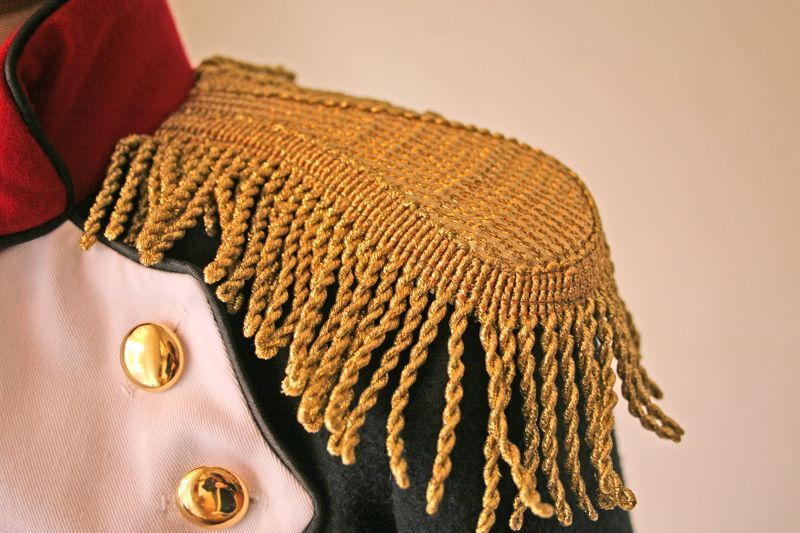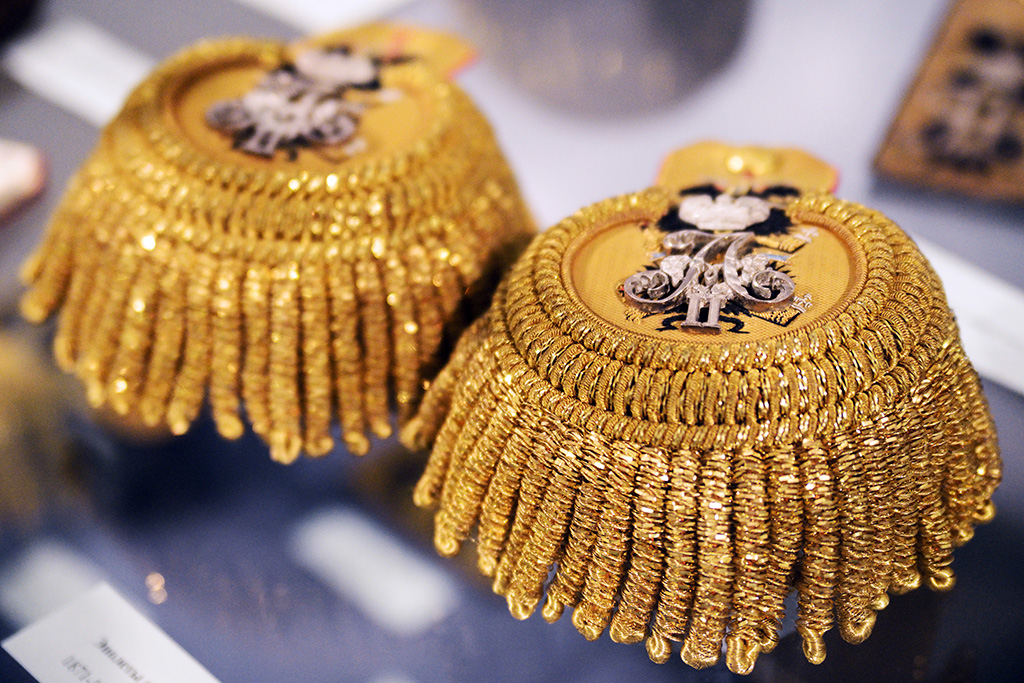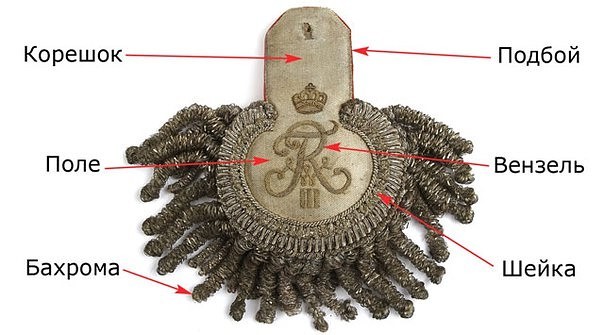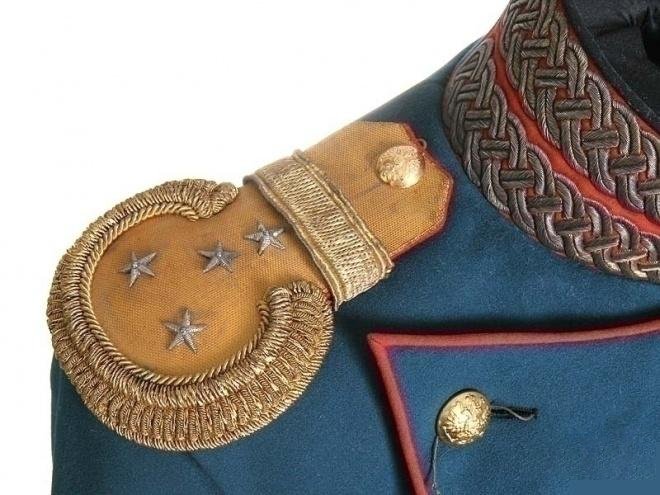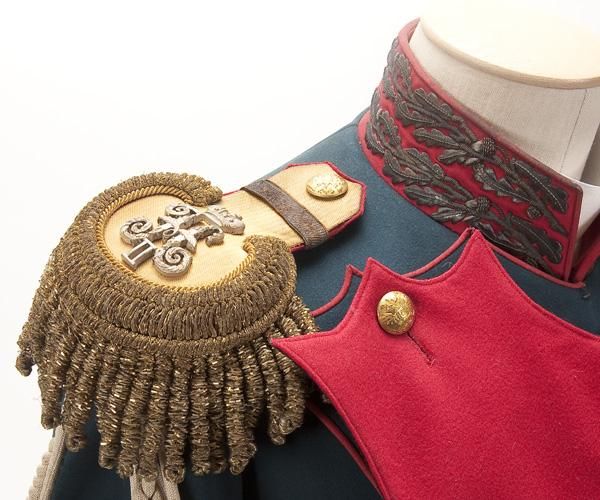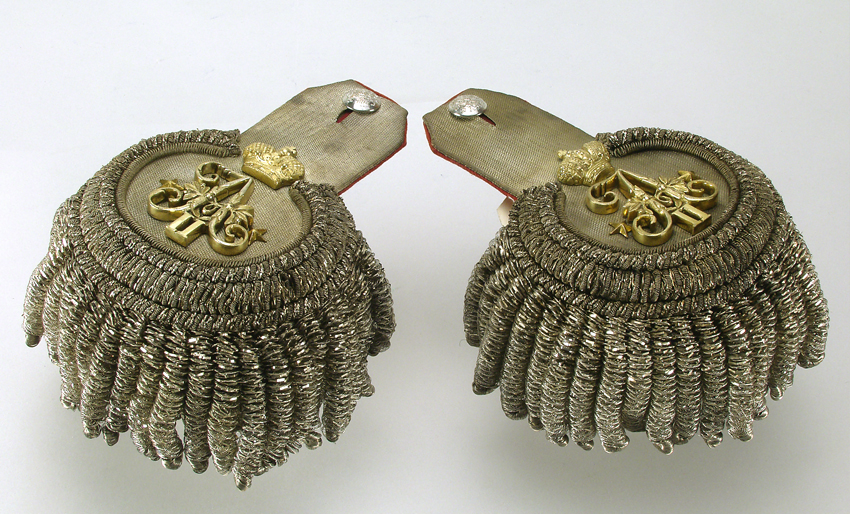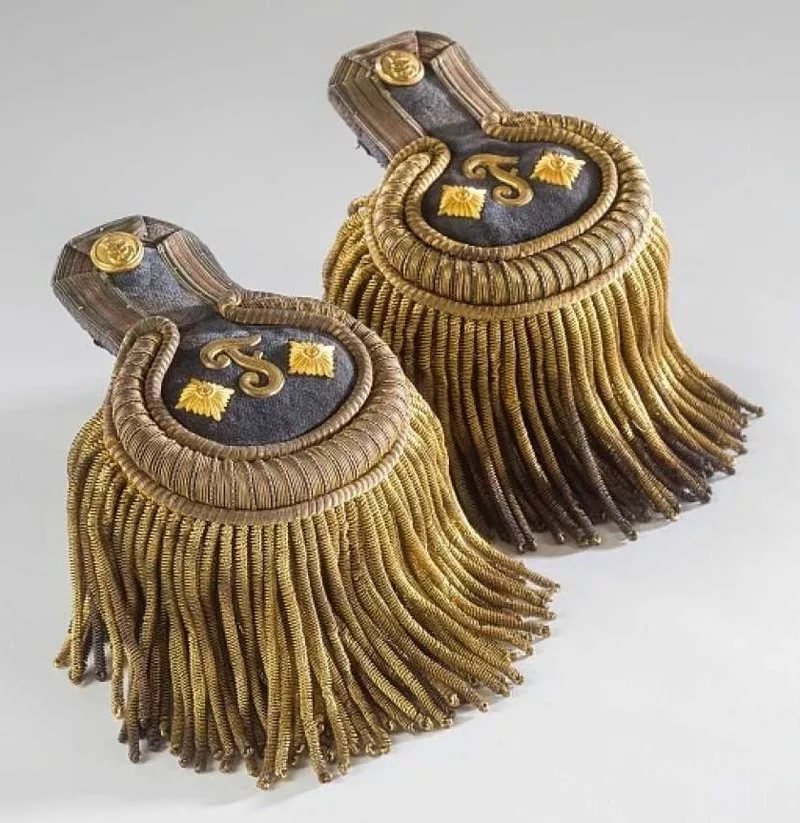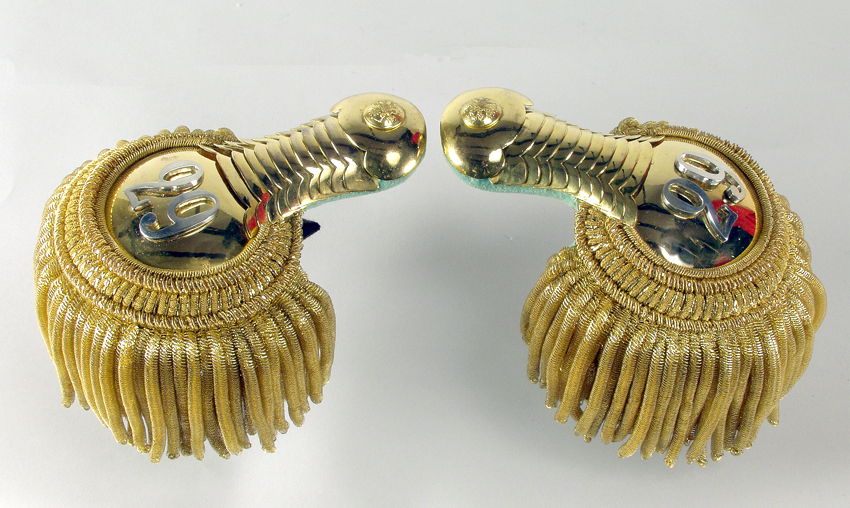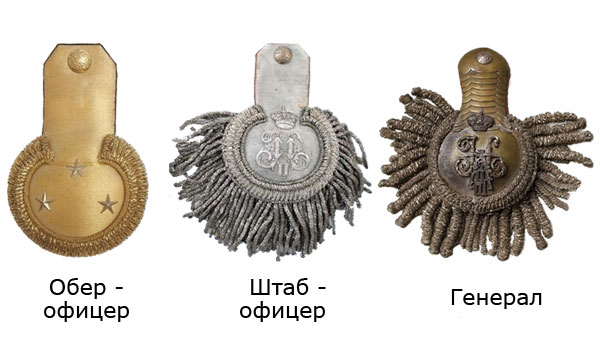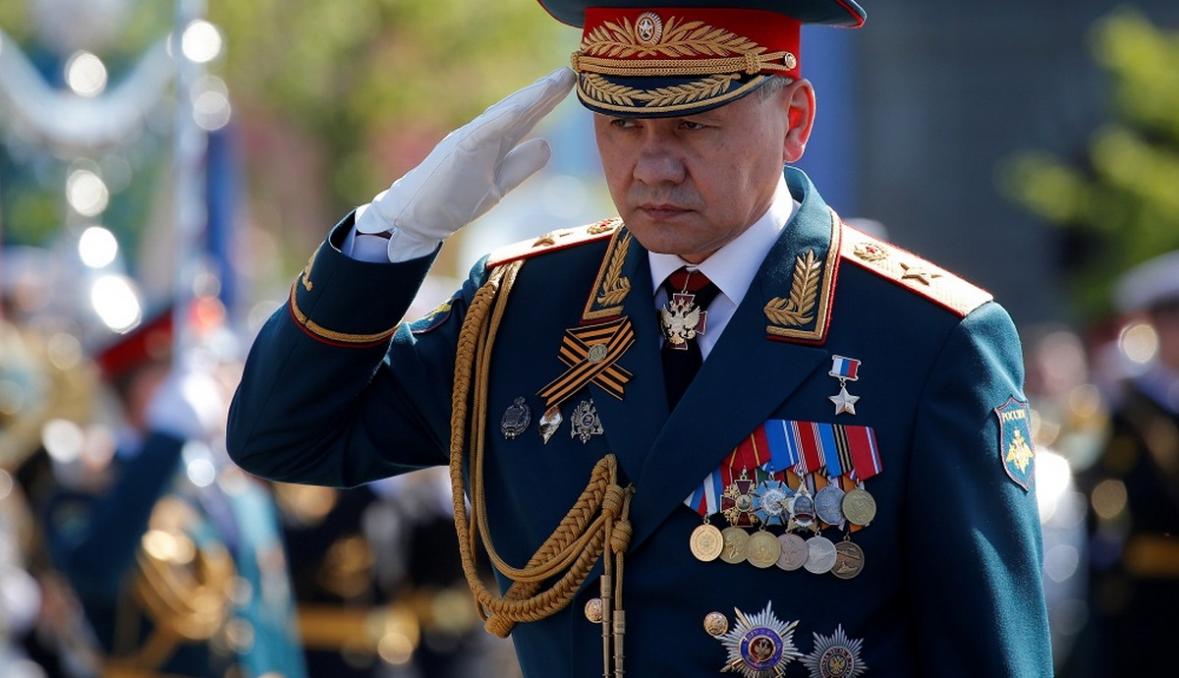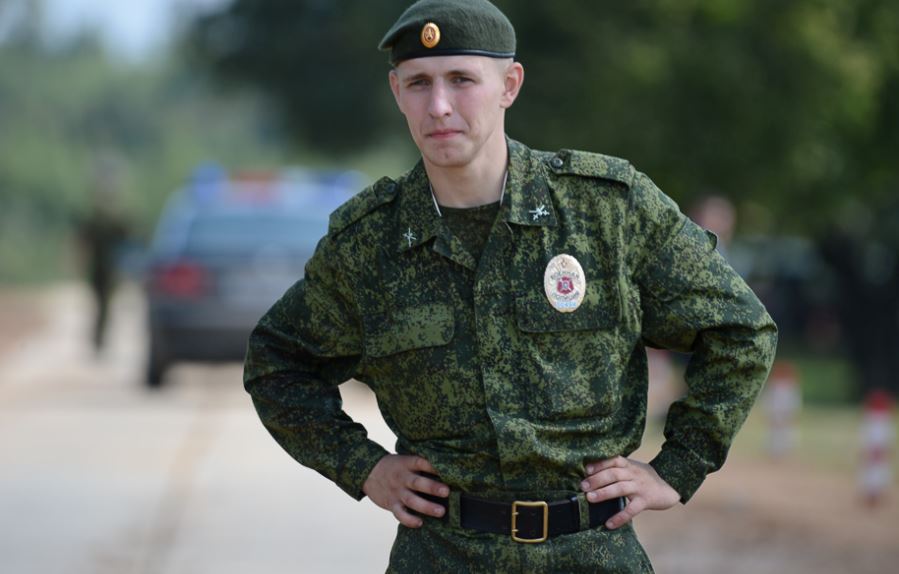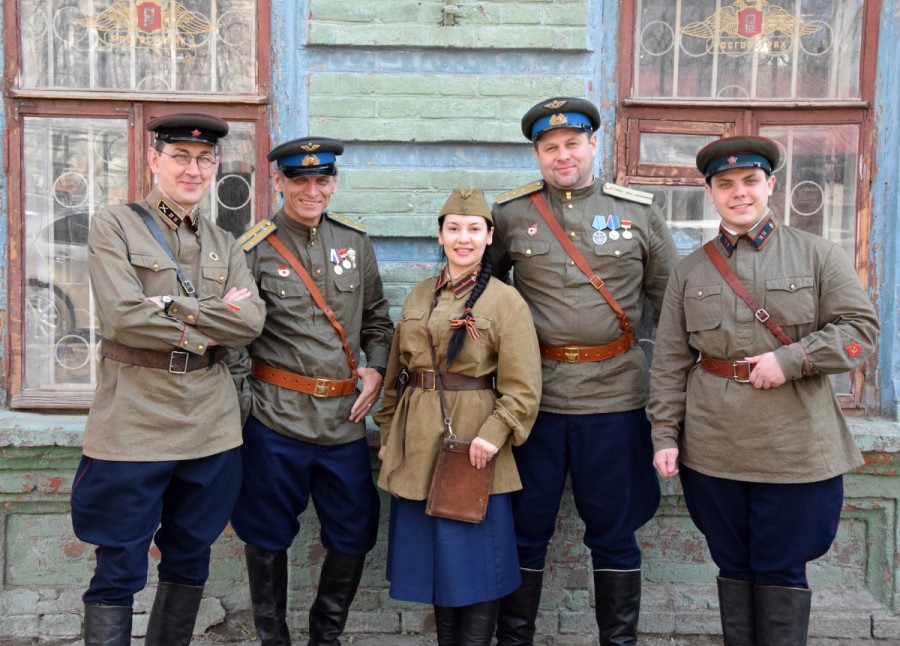The military uniform of the highest and lowest ranks has always had insignia. At different times, these were gorgets, emblems, cockades, stripes, chevrons. The list is supplemented by epaulettes - this is a sign of distinction of military ranks, which was worn on the shoulder. This part of the military uniform had a short history. Today it is considered obsolete.
What are they?
The appearance of epaulettes is usually associated with the uniform of the army of Emperor Napoleon I. In the 18th–19th centuries, this piece of equipment was used by all military personnel in Europe, but now it has been preserved only for the ceremonial appearance of officers of some countries.
This military attribute was worn on the shoulder and consisted of several parts. The main part is the field or cup, it is a circle, less often an oval. The root part is located towards the neck, it has the shape of a rectangle, trapezoid or semicircle. The field is framed by a roller or neck, which is a tourniquet. High-ranking military personnel have a fringe attached to the neck. The field may indicate the code - the branch of the armed forces, the rank of the serviceman. The back side has a cloth lining.
History of appearance in Russian military uniform
The appearance of epaulettes in the uniform of Russian military personnel dates back to the beginning of the 19th century, they were borrowed from the Polish army. The first wearers were several lancer regiments. Initially, the product was attached to only one shoulder, on the other there was an aiguillette.
Sometimes this military accessory is confused with the shoulder straps that were worn by Tsarina Elizabeth Petrovna, who ruled from 1741 to 1761. They consisted of a main shoulder part (towel), at the junction with the sleeve there was a roller, to which a brush was attached, which is where the confusion arose.
History of wearing epaulettes in the Russian army:
- In 1807, a reform of uniforms was carried out, thanks to which the insignia in question became mandatory for the officer corps.
- Since 1809, they began to be worn on both shoulders. Gold and silver were used to make the field, fringe of the generals' uniform and guards officers, cloth was used for the army uniform. The color of the chief officer's epaulettes depended on the type of troops, and there was no fringe on them at all. Woolen products were received by the lower ranks of the lancers, and in 1817 - the dragoons. Hussar insignia decorated only the vice-uniforms, excluding dolmans and mentiks.
- Since 1827, stars have appeared on the field of the product, indicating rank. The insignia for the uniform of lancers and dragoons became metal with a convex scaly spine, the field was decorated with stars, encryption. They existed until 1854, until they were replaced by shoulder straps. Until 1914, epaulettes still decorated the parade uniform.
- In 1917, the new government completely abolished the wearing of epaulettes, and the military uniform of the tsarist regime was replaced by the Red Army uniform.
It was proposed to introduce epaulettes in the Soviet Army, but Stalin did not approve it due to the high cost.
What is the difference from shoulder straps?
Epaulettes and shoulder straps are not the same thing, as many believe, they have different histories and appearances. The latter appeared earlier, in the Peter the Great era, and were an accessory to soldiers' uniforms. They were sewn into the left shoulder seam, and were fastened closer to the neck with a button. Initially, shoulder straps secured the belt of a pouch on the shoulder, protecting the uniform from abrasion. They began to be used as insignia of rank only in the second half of the 19th century. Cavalry troops did not have shoulder straps, bags were an element of horse equipment.
From 1762, shoulder straps began to be used to indicate soldiers' affiliation with a certain regiment, and from 1802, division numbers began to be stamped on them. In 1803, changes occurred in the equipment: a knapsack and a shoulder strap on the second shoulder appeared. Five years later, shoulder straps were replaced by epaulettes for almost half a century.
The epaulette had a rigid base and lay freely, without interfering with the movement of military personnel. A transverse counter-shoulder strap was used for fixing. A root with a loop was passed under it, into which the lower part of the button was inserted. There were two holes on the shoulder near the collar, a cord was passed through the button loop and shoulder holes, tied inside the uniform.


Classification by color and decor
Color, material, presence of stars served to distinguish regiments and ranks. Fellow officers and soldiers had the same color scheme, it was determined by the number of the regiment in the division. For example, in the infantry troops, the first regiment had red shoulder straps and epaulettes, the second - white. Generals' epaulettes did not have any coding.
The design of the fringe in gold or silver shade depended on the color chosen for the regiment. Guards insignia had a field of both colors, generals were completely in gold. Under Nicholas I, stars appeared on the field next to the monarch's monogram or the coded inscription designating the regiment. They were the same size, the difference in rank was indicated by their number.
| Quantity stars |
Chief officers | Staff officers | Generals |
| 1 | ensign |
- |
- |
| 2 | Second Lieutenant | Major | Major General |
| 3 | lieutenant | lieutenant colonel | Lieutenant General |
| 4 | Staff Captain |
- |
- |
| No stars | captain | Colonel | infantry general |
The Field Marshal had crossed batons on his epaulette.
Nowadays, the Russian army does not use epaulettes, and what they are can only be found out from historical films and reference books. In modern fashion, some designers have become interested in this element of the military uniform and decorate civilian clothing with it in military style.
Video

